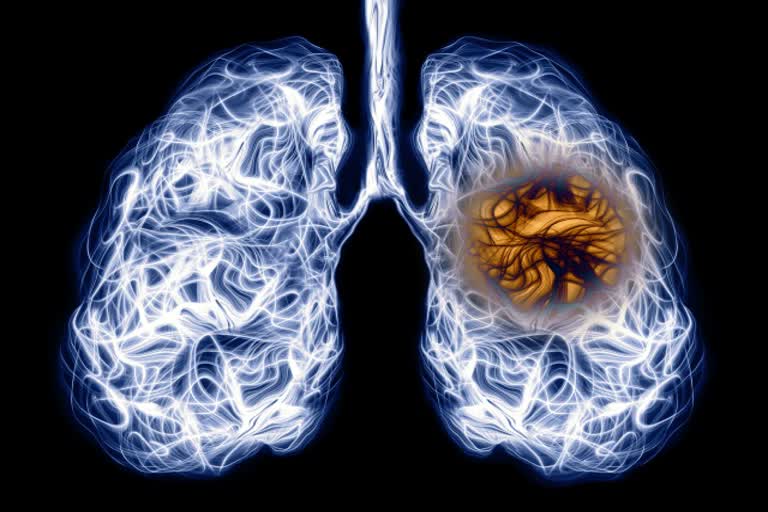With the whole world struggling in its fights against COVID-19 infections, it’s been seen that many experiences a prolonged illness in the acute as well as post-acute phase, and some for even longer periods. Rehabilitation, pulmonary and otherwise, plays a major role in reducing the patient’s post-illness disability and bringing him back to optimal functionality.
ETV Bharat Sukhibhava was in conversation with Dr. Sandeep Naik is a consultant pulmonologist,critical care work experience for more than 5-7 years. Attached to Aster, Trimurti, Borkar hospitals in Margao and Savaikar Hospital, Ponda. Dr. Sandeep touched upon the various aspects of pulmonary rehabilitation.
The various pulmonary sequelae that occur after acute COVID 19 infections are:
I. Impaired lung function
ii. Lung fibrosis as sequelae of pneumonia – patients showing respiratory insufficiency needing respiratory rehabilitation
iii. Tough secretions requiring specific physiotherapy techniques
Techniques that are used in thepost-acute period for rehabilitation are:
I. Diaphragmaticbreathing or“belly breathing” fully engages the abdominal muscles thus helping the lungs expand fully.
ii. Pursed-lip breathing-a maneuver used to keep the air sacs in the lung from collapsing
iii. Bronchial hygiene which includes various airway clearance techniques like postural drainage, percussion, vibration, followed by suctioning. These techniques are usually needed in the event of comorbidities such as bronchiectasis, secondary pneumonia, or aspiration increasing secretions.
iv. Lung expansion techniques (positive expiratory pressure)
incentive spirometry
vi. Manual mobilization of the ribcage
vii. Respiratory muscle training
viii. Aerobic exercises.
While the above recommendations are for those with moderate to severe lung involvement needing hospitalization in ICU and non-invasive or invasive ventilation, for those with mild to moderate lung involvement who are managed at home only, after the acute illness phase is over, deep breathing exercises and incentive spirometry (1 or 3 balls) should suffice.
Also Read:'Long COVID': Why Are Some People Not Recovering?
On Prone positioning:
Prone positioning every 1-2 hourly for 30-60 minutes has been found to help in improving oxygenation, by aerating otherwise collapsed/non-aerated parts of the lungs, in admitted patients with moderate disease needing external oxygen supplementation, and is advised as such.
On exercising:
No vigorous physical activity/exercises should be undertaken immediately after recovering from COVID-19 infection and for the next 3 months. One should gradually increase the intensity and volume of exercise.
It is recommended not to begin with pulmonary rehabilitation too early to avoid aggravating respiratory distress or dispersing the virus unnecessarily.
One shouldn’t begin rehab exercises if:
- One has fever
- Shortness or difficulty in breathing while resting
- Any chest pain or palpitations or any new swelling in thelegs.
After having started pulmonary rehabilitation, one’s temperature, heart rate, respiratory rate, oxygen saturation, blood pressure has to be monitored and exercises immediately stopped if there’s dizziness, increased shortness of breath, chest pain, cool, clammy skin, excessive fatigue, and irregular heartbeat.
Besides pulmonary sequelae, there may be cardiac, neurological, musculoskeletal, and cognitive sequelae too associated, In post COVID scenario and a multi-disciplinary discussion with the physiotherapist is needed to tailor each patient’s physiotherapy program. It is better than the initial pulmonary physiotherapy/rehabilitation exercises in those with mild disease are monitored by a qualified physiotherapist.
Instances of pneumothoraxes and other complications are seen withover-enthusiasticand vigorous use of physiotherapy, too early, which needs to be avoided. Balloon inflation exercises aren’t specifically advised but can be used in mildly affected adults as well as children under strict adult supervision.
